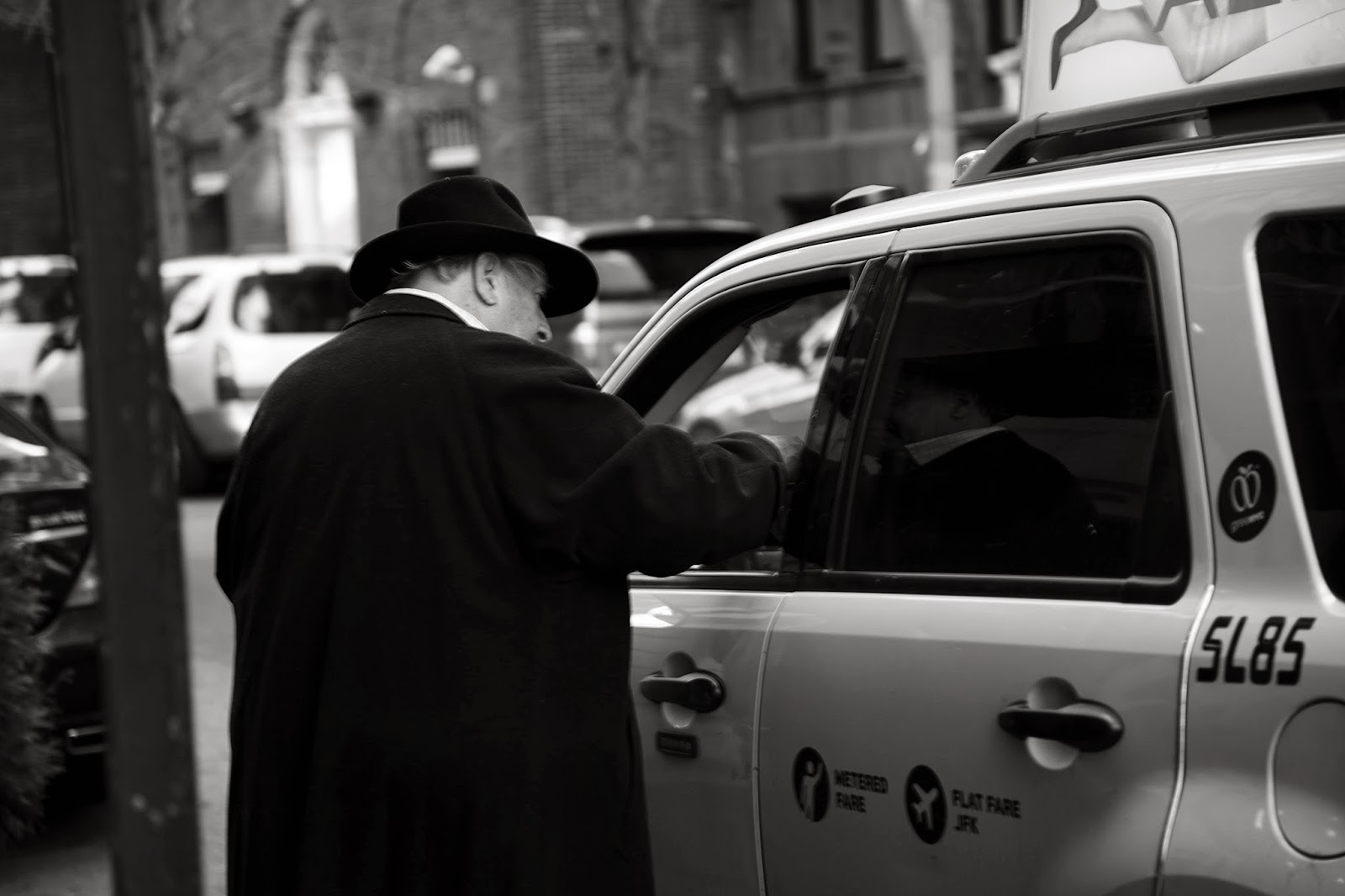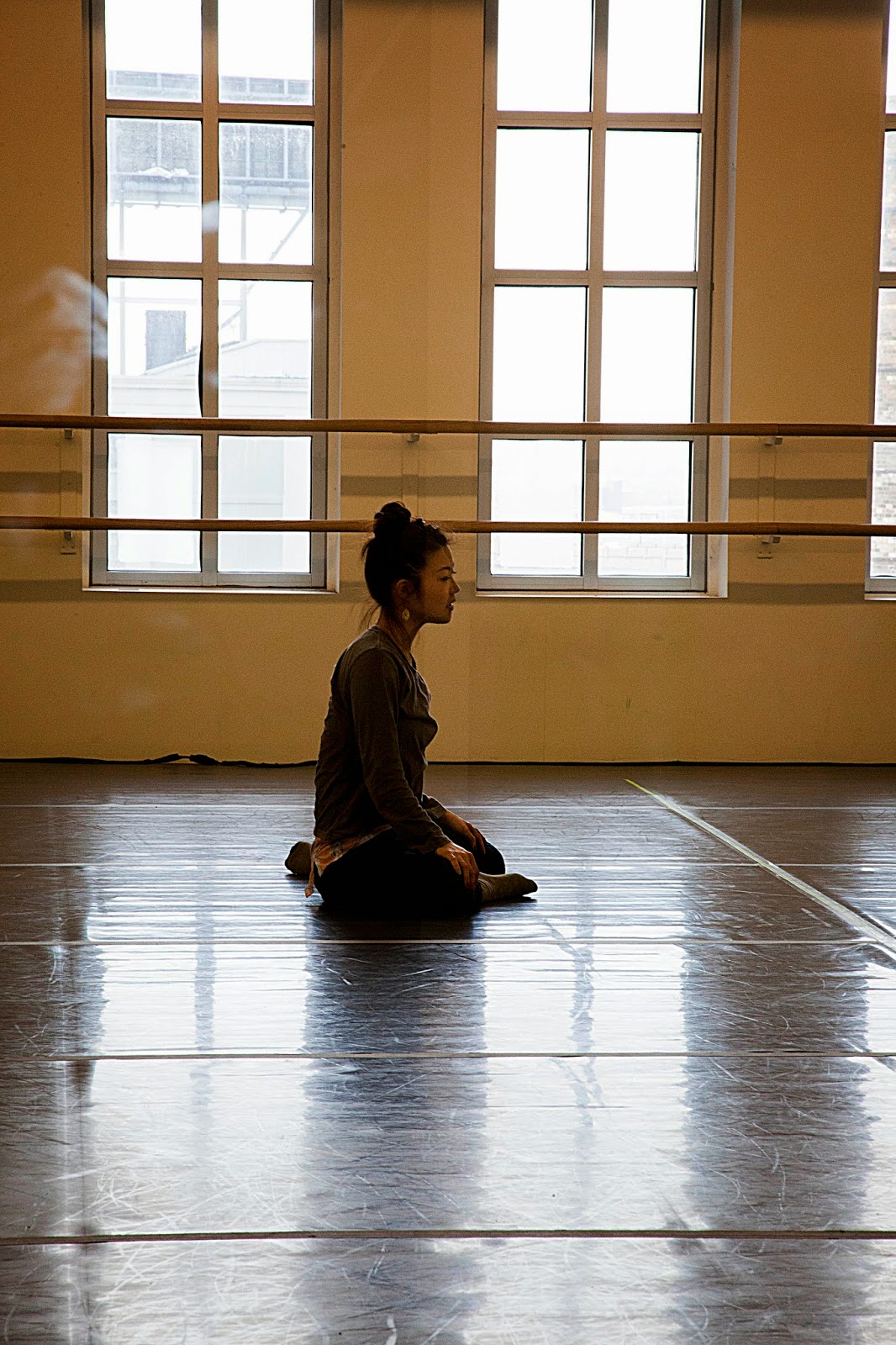This month I flew for a 10 day visit to the Big Apple. The happy excuse was the participation of my husband, Elon Ganor, in an art fair called SCOPE. His works were shown at the "Corridor" gallery. We were lucky enough to visit NY while three other major art exhibitions were taking place in the city: ARMORY, INDEPENDENT, and VOLTA NY. As if that's not enough, a fantastic 3-D exhibition was on at the MAD design museum, dedicated to the applications of 3-dimensional printing (it will be showing until June 1, 2014, click here to read more).
Living in New York between 1996-2000 wasn't always easy for me, but it is a place that I always love to come back to visit. It is a mesmerizing city and always serves as a source of inspiration. My favorite thing about it is its cultural richness: the combination of architecture, education and the arts in every corner - galleries, museums, opera, theater, and innovations everywhere. Another thing I love about it is the bitter-sweet sense of 'so much to see and experience' yet the notion that you must be missing something going on on the other side of town.
The endless action makes it a favorite location for me to photograph. Some of the motifs I am drawn to capture are - experiences of exhibitions, day-to-day scenes, portraits of people on the street, subway, and more. Scroll down to catch a glimpse of New York from my own eyes.




















